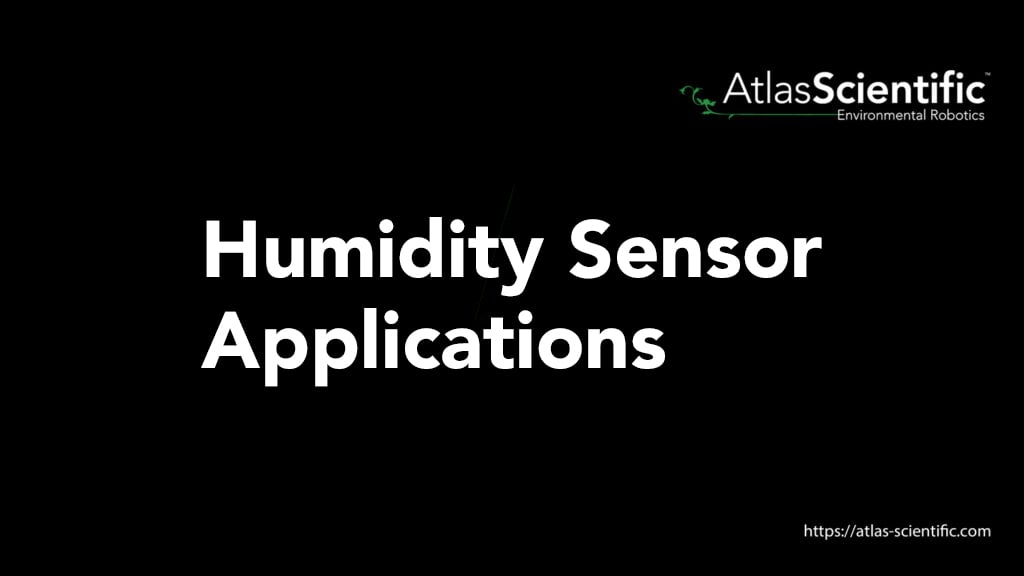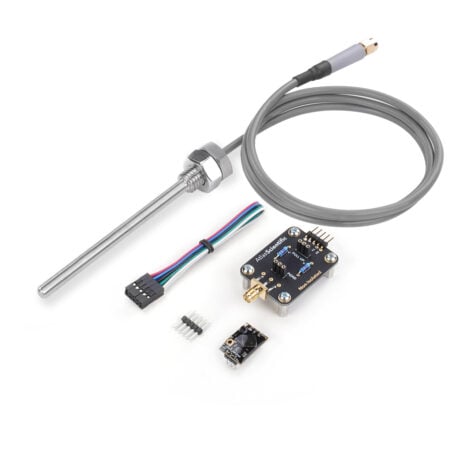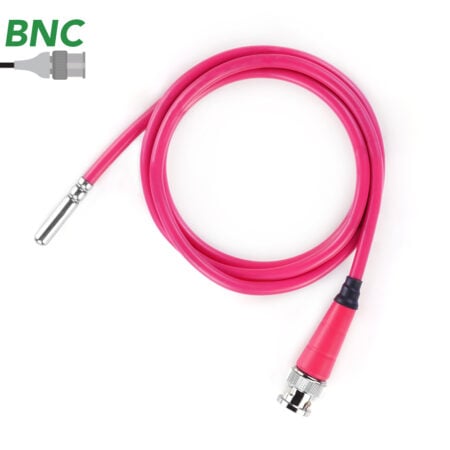Subtotal: $24.99

How To Reduce TDS Of Water?
Reverse osmosis is still a very good and popular way to reduce TDS, but there are many alternatives that might be better for your particular evil
Product Categories

Humidity sensors are used to achieve comfortable, safe, and efficient environments in a wide range of applications. They are typically used in HVAC systems to control the temperature of the room and to prevent respiratory issues from mold growth. Humidity sensors are also used in printers, ovens, greenhouses, food processing, and laboratory applications, just to name a few.
Humidity is the amount of water in the surrounding air, which can easily and accurately be measured using a humidity sensor.
Humidity sensors are an essential and common electrical tool in environmental monitoring applications. This is because it is essential to maintain an environment to ensure it is comfortable, safe, and energy efficient.
Humidity sensors (also known as hygrometers) are electronic devices that measure the surrounding air’s humidity. The data is converted into a corresponding electrical signal from the electrodes inside the sensor probe.
There are three primary types of humidity sensors:
All three humidity sensor types can monitor very small changes in the atmosphere to calculate the humidity. To find out more about the different types of humidity sensors, continue reading here.
Humidity sensors are used for several applications for measuring humidity. Capacitive relative humidity sensors are used in HVAC (heating, ventilation, and air conditioning) systems, automobiles, food processing systems, printers, and domestic appliances such as refrigerators, ovens, and laundry machines.
Resistive humidity sensors are used in industrial, domestic, and commercial applications.
As thermal conductivity humidity sensors are very resistant and can be used in high-temperature and high-corrosive environments, they are widely used within pharmaceutical applications, drying machines and kilns, ovens, and food dehydration processes.
All homes and offices use humidity sensors to identify areas of excessive humidity so that methods can be introduced to reduce humidity. Humidity sensors can be found in HVAC systems, ovens, printers, fax machines, and laundry dryers.
In HVAC systems, a humidity sensor is crucial in controlling mold. This is extremely important in households and offices where people suffer from respiratory issues such as asthma. Humidity sensors also examine the airflow and decide which heating or cooling option will be best for the room.
Absolute (thermal) humidity sensors are commonly used in dryers, ovens, and microwaves. As more products enter these chambers, the humidity levels increase. Also, heavier loads require more heat to evaporate the water. A humidity sensor in an oven, dryer, or microwave controls extraction fans and dampers where necessary.
For printers and fax machines, a humidity sensor is used to prevent problems with the paper and the ink or toner. With laser printers, high humidity levels can cause the pages to stick together, color sections to appear saturated, peeling toner, and blank spaces to appear where there should be text or images. With inkjet printers, high humidity can cause the ink to spread or smudge before it dries.
On the other hand, low humidity in printers can cause the following:
Increased levels of moisture can be damaging to cars and other automobiles, often resulting in rusted parts over time. Moisture damage can also cause rubber seals to perish, which can be expensive to fix and dangerous should they be left without maintenance. The interior (like seats and carpet floors) of automobiles can also become damaged if humidity levels exceed the recommended level.
As rust and corrosion on a metal stop below 60% RH (>60% RH becomes an ideal breeding range for rust and corrosion), yet leather and rubber can crack below 40%, relative humidity levels inside automobiles should range between 50 and 55%.
In food processing applications, humidity sensors are important for maintaining ideal humidity levels inside storage areas to prevent finished food products from soaking up moisture and spoiling.
To eliminate moisture in storage rooms, they should be controlled with a humidity sensor and kept below 55% relative humidity.
In wastewater treatments, humidity sensors are used to measure humidity levels, as a certain percentage of the waste is made up of water and moisture and microbial growth is known to take place between 50-70% RH. The moisture content of the waste also determines how well it will burn, therefore, humidity plays a vital role in the degradation of solid waste in landfills and other waste disposal systems.
Plants need moisture to survive, but giving them too much usually causes crop spoilage, however, some plants like Bamboo, Ficus, and most Palms thrive in highly humid environments. In agricultural applications, humidity sensors are used to measure the moisture present in the soil and the surrounding environment to meet the needs of the particular plant. Humidity sensors are also used to help reduce or enhance irrigation for optimum plant growth.
Humidity sensors are most commonly used in greenhouses and other indoor vegetation settings like grow rooms to measure the dew point to prevent mold from growing in the soil and on the plant itself.
Medical-grade equipment such as sterilizers, ventilators, incubators, and other machines that need humidity control, require a humidity sensor to be present. Some medical ventilators require a humidity sensor to convey some warm and wet air, so that the patient is comfortable. However, any water that is introduced into medical systems must be monitored and controlled to prevent the growth of mold.
Humidity sensors are also used to monitor and control drug storage areas, and to monitor humidity levels during biological processes in pharmaceutical plants.
The World Health Organization has optimal humidity levels within the pharmaceutical industry because of storing items. They recommend keeping humidity levels at 60% or lower, therefore most scientists will ensure the lab remains at 40-60% RH, to create a comfortable and safe environment.
If conditions are dramatically below these values, it can increase the number of contaminants able to penetrate or settle on silicone surfaces.
Humidity sensors are also used in the pharmaceutical industry to ensure the surrounding area has appropriate features and to prevent moisture migration.
A humidity sensor is one of the most important devices used in a wide range of applications to measure and monitor humidity levels. There are three main humidity sensors used today: capacitive humidity sensors, resistive humidity sensors, and thermal conductivity humidity sensors. They are most commonly used in domestic, meteorology, medical, automobile, agriculture, and industrial industries.
If you have any questions regarding humidity, or what humidity sensor will best suit your testing needs, do not hesitate to contact our world-class team at Atlas Scientific.









Reverse osmosis is still a very good and popular way to reduce TDS, but there are many alternatives that might be better for your particular evil

Wastewater chlorination adds chlorine compounds to wastewater that produce “free chlorine,” which destroys pathogens by damaging cell membranes, disrupting cellular respiration, and rendering enzymes non-functional.